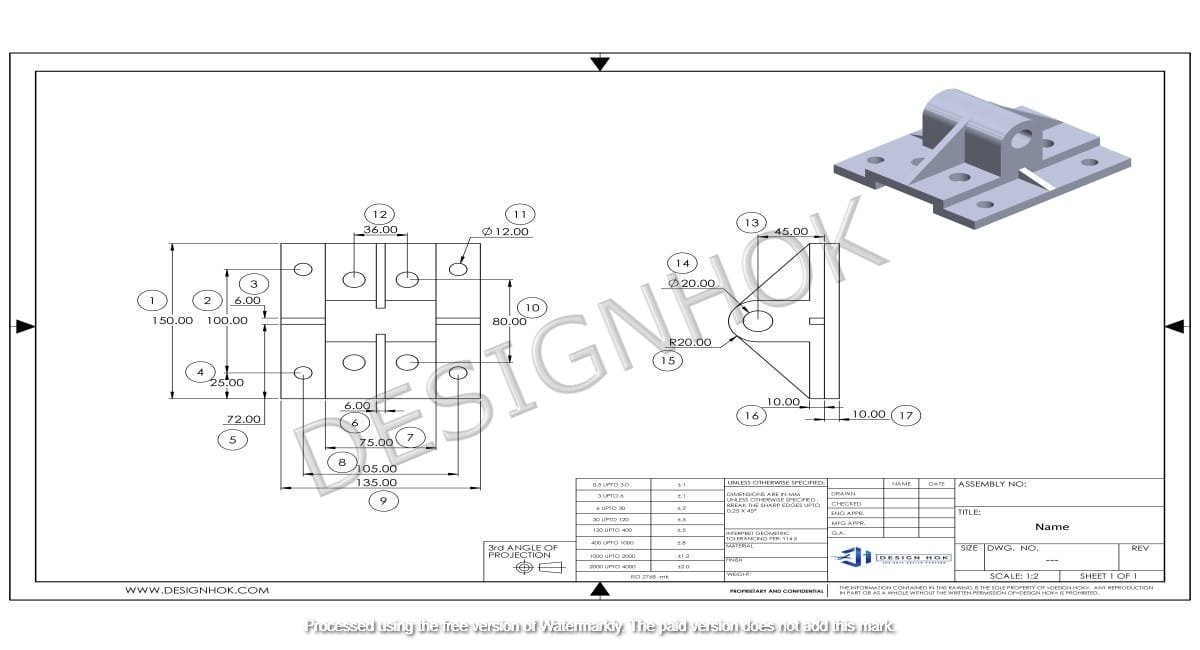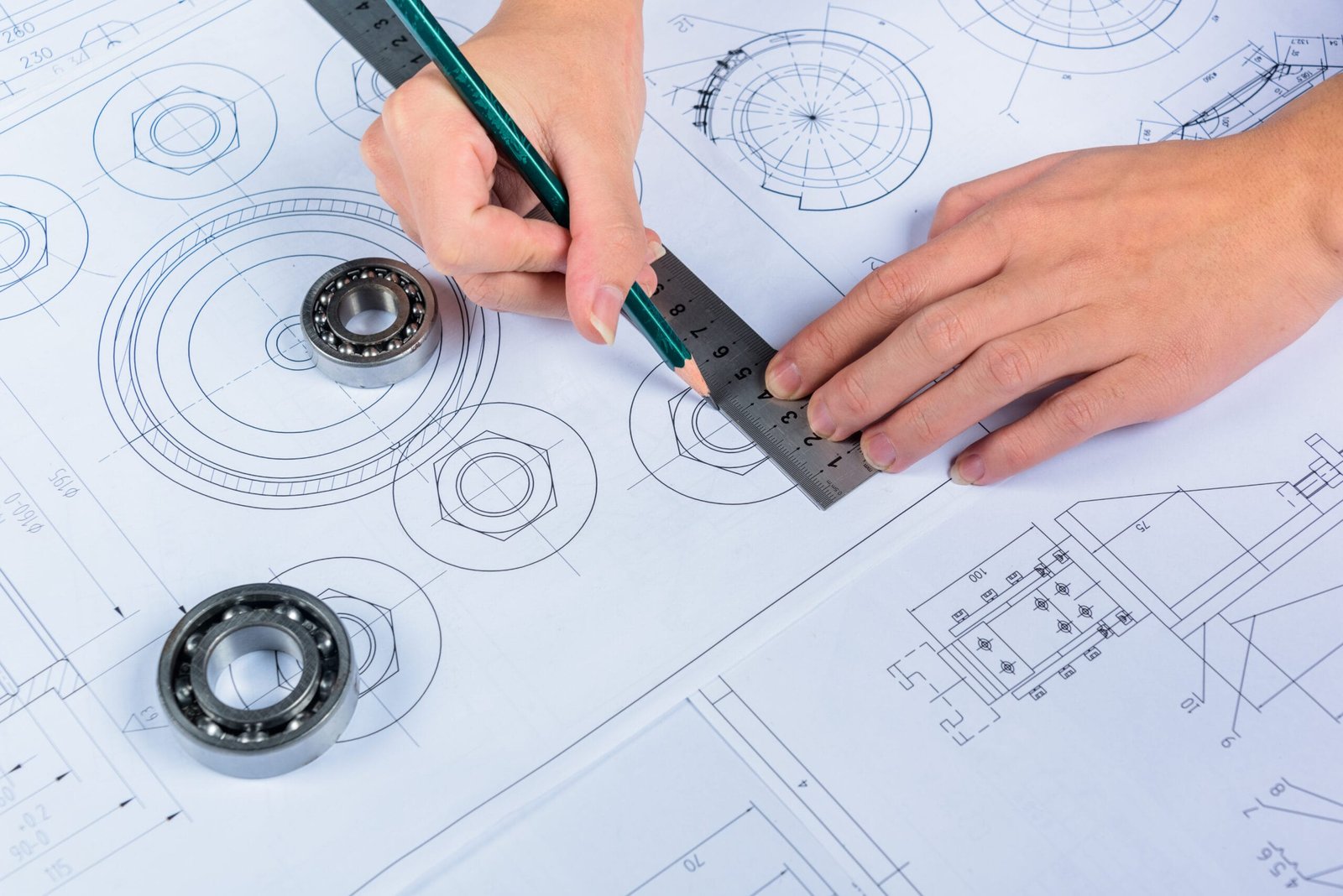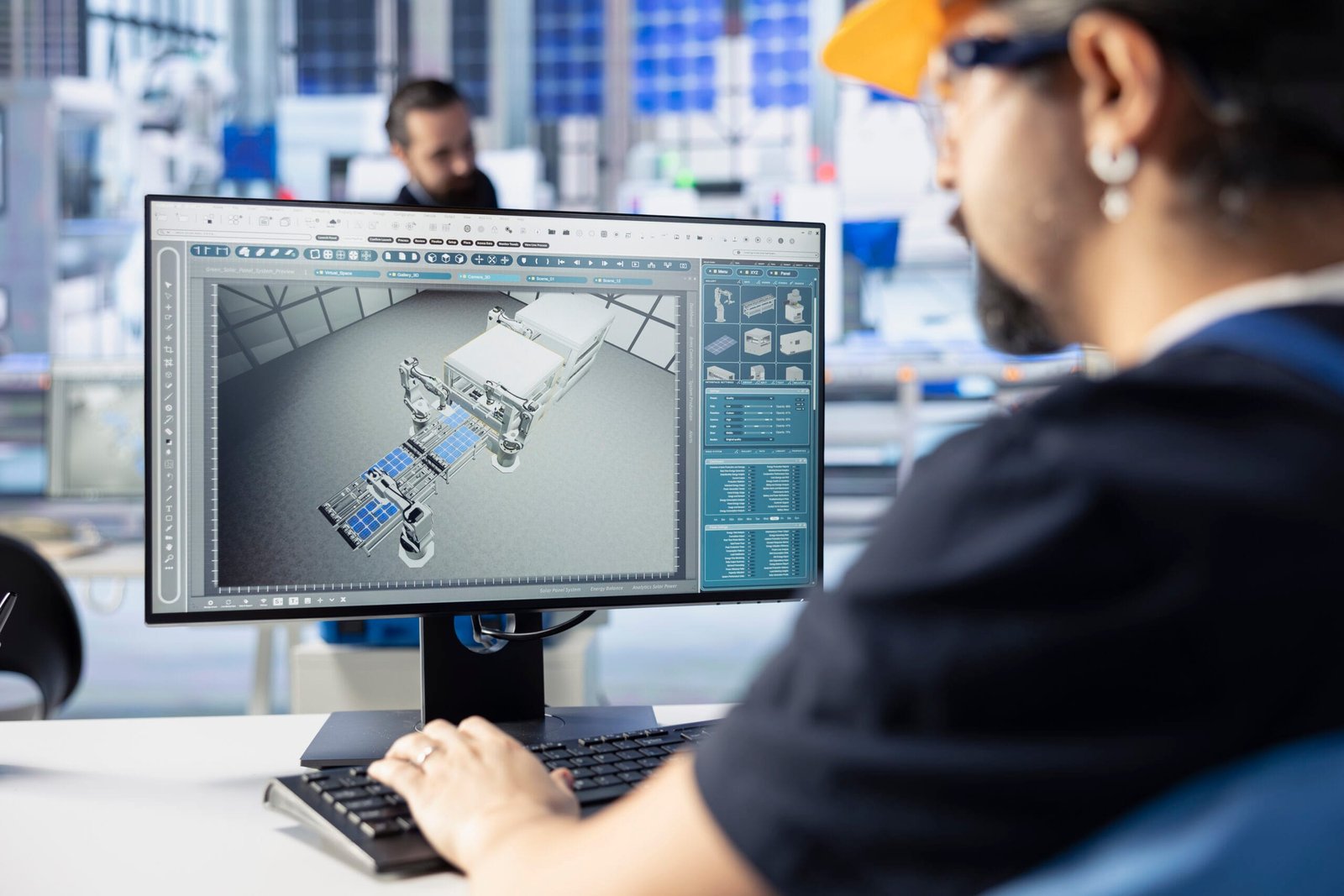Introduction
So the question is that how much RAM do you need for 3D rendering? You must be aware of that before doing processes that require powerful hardware. One common question that arises among firms like Design Hok is: How much RAM do you need for 3D rendering? So, it becomes very important to choose the exact amount of RAM for handling complicated projects.
You require a sufficient amount of RAM when working with high-polygon models and detailed animations. This results in the prevention of crashes or delays. Now, we will understand further how much RAM is needed for different types of 3d rendering tasks. We will also look over the points that tell us how much RAM should be used.
Understanding the Role of RAM in 3D Rendering
RAM stores data temporarily that the CPU and GPU need for quick rendering. It enables loading textures, handling layers, and managing assets efficiently.
You should know what amount is enough to use only in addition to CPU and GPU power. While CPU and GPU power are important to provide speed, ensure smooth performance without crashes or accidents of RAM.
Main Roles of RAM in Answering How Much RAM Do You Need for 3D Rendering:
- A better RAM helps you avoid slowdowns when working with multiple high-poly objects
- You can enhance performance in complex animations and simulations
- It minimizes rendering time by ensuring smooth data access
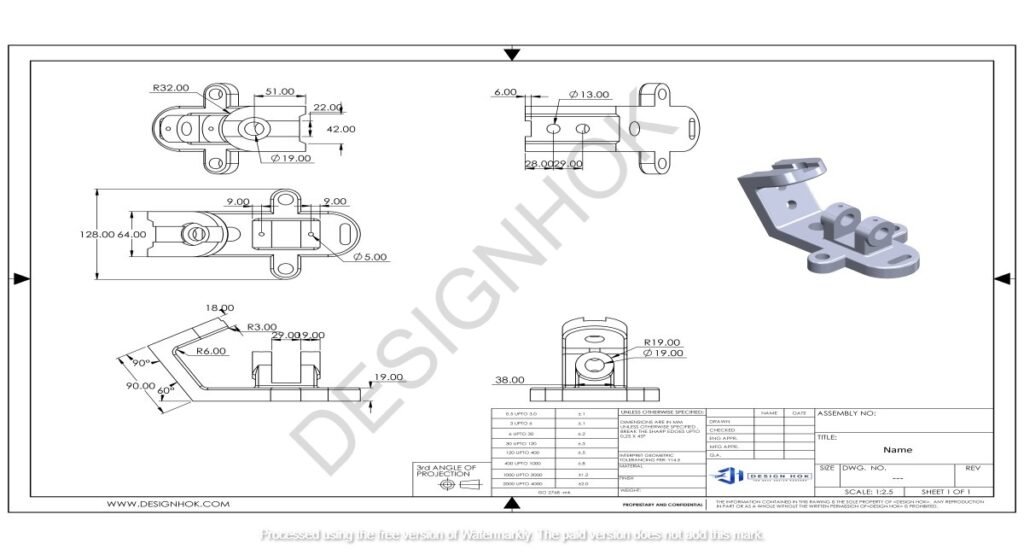
How Much RAM Do You Need for 3D Rendering?
You must know how complex your project is before choosing the amount of RAM. The following points tell the amount of RAM required for different tasks:
1. How Much RAM Do You Need for 3D Rendering – Basic Tasks
- This amount of RAM is suitable for simple 3D models and low-resolution renderings
- It works for basic architectural models, product designs, and small animations
- You can use it for lightweight softwares.
2. Medium Level 3D Rendering
- Ideal for very hard projects.
- A number of softwares allow it to work.
- Allows management of bigger textures and multiple layers.
If you need to do fast processing, then a minimum of 32GB of RAM is needed.
3. How Much RAM Do You Need for 3D Rendering(Advanced Level)
- Difficult projects, rendering, etc, can be handled with this RAM.
- It works smoothly with numerous software tools.
- Most of your tasks can be done with 64GB RAM. However, you need more memory for very high-level projects.
High-level 3D rendering could not be achieved without a minimum of 64GB RAM.
4. Extreme 3D Rendering (64GB – 128GB+ RAM)
- You need this amount of RAM for 4K and 8K complex tasks.
- It is needed for VFX production, development, or detailed analysis.
- You can manage a number of complex 3d scenes, as well as large datasets and AI-based rendering.
- It is best for software such as Houdini, Autodesk Arnold, and Pixar RenderMan
In case you work on complex projects, then 128GB+ is the ideal.
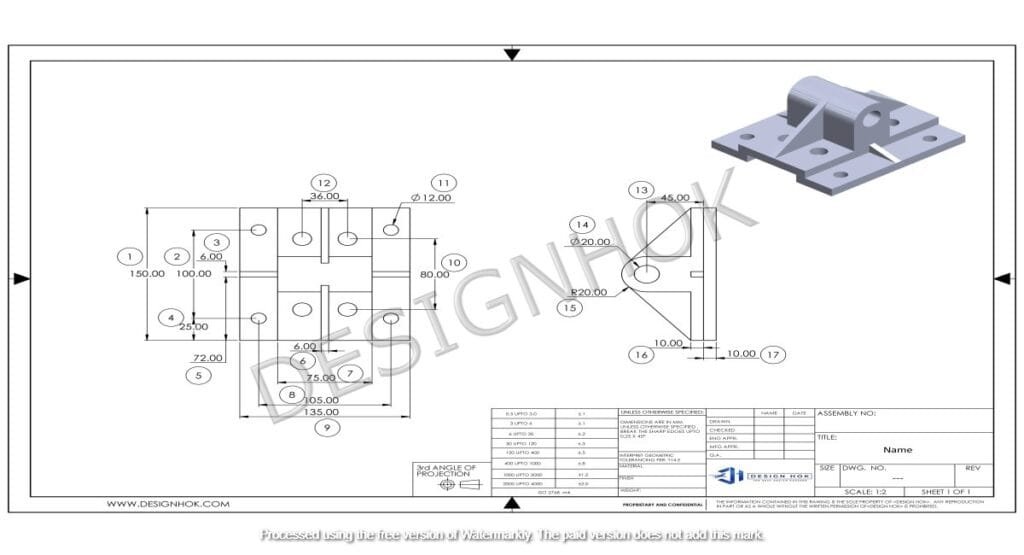
Factors That Affect How Much RAM Do You Need for 3D Rendering
Although RAM is necessary but you have to choose the right amount depending on your requirements. Here are some factors that determine the amount of RAM needed:
1. Scene Complexity
- Those models that are simple require fewer polygons and fewer amount of RAM.
- Advanced, real-looking textures and several objects require a large amount of memory.
2. Resolution of Render Output
- You need less RAM for 1080p rendering as compared to 4K or 8K rendering.
- Images that require high resolution can’t be rendered if the memory is low. This is because of the high-level texture and information in these images.
3. Number of Running Applications
- There are cases when more than one software is running at the same time. That is why you should know how much RAM do you need for 3D Rendering.
- Applications that run in the background also need RAM.
4.RAM required for GPU and CPU Rendering
- CPU Rendering: More RAM is needed for processing.
- GPU Rendering: This relies more on VRAM or GPU memory. However, you still require system RAM.
5. Simulation & Animation Workloads
- Things like moving animations, fluid simulations etc, need more RAM.
- You need a minimum of 64GB RAM to run various software tools.
End
So, it is important to know the difficulty of your project. This helps you to decide that how much RAM you need for 3D rendering. This is because without selecting the right amount of RAM, you cannot do modeling, rendering, and mechanical design work. Many basic-level projects can be done with 16GB RAM, but you must have a minimum of 32GB or 64GB RAM for professional work. High-level animations, VFX, as well as complex projects need 128 GB RAM.
It is needed to spend money on high-performance RAM to get efficient work. At Design Hok, we are here to help you with high-quality 3D designs and visualizations.
FAQs
1. Will 16GB RAM work for 3D Rendering?
If you want to do basic 3D modeling or small projects, then 16GB RAM is the best. However, you need 32GB or greater for photorealistic rendering or complex animation.
2. Will your rendering speed increase by adding more RAM?
You can not directly increase speed with RAM. However, it helps prevent slowdown or crashes when you work with large files.
3. Tell the ideal RAM for 3D rendering?
You must have 32GB to 64GB RAM of DDR4 or DDR5 for professional work. Moreover, a speed greater than 32000 MHz+ is the best.
4. Can I use GPU rendering instead of increasing RAM?
Absolutely, you must have higher RAM for better functionality. So, enough RAM is needed for advanced-level tasks.
5. What happens if my RAM for 3D rendering is insufficient?
The following things happen in case of low RAM:
1. Slow performance
2. Software crashes
3. Longer rendering times
4. Inability to load complex scenes
6. Tell me the amount of RAM required for 4K rendering?
4K rendering can only work with a minimum of 64GB RAM. However, if you want to do professional or 3d-animation work, then you need more than 128 GB RAM.

